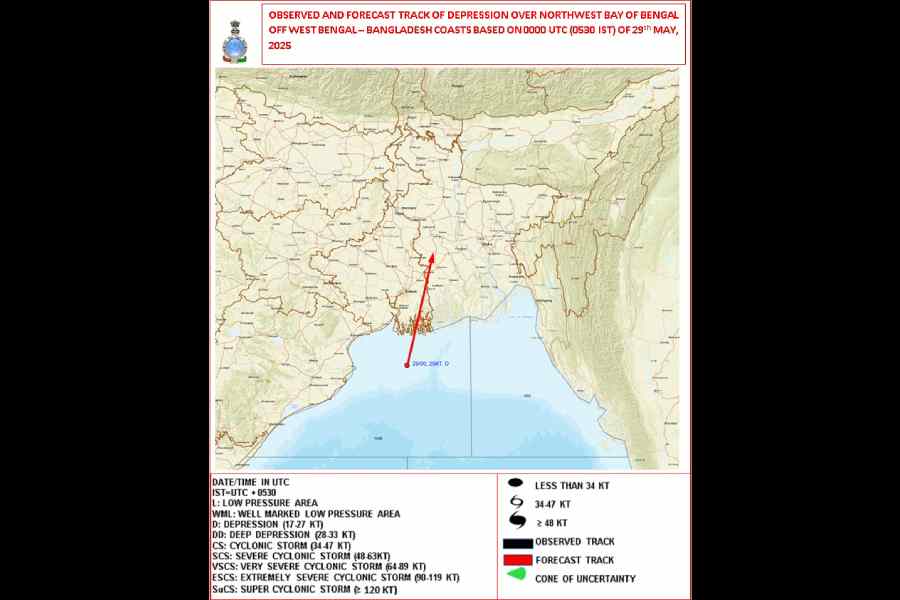 |
| Swamp deer at Kaziranga National Park |
Jorhat, Nov. 20: Kaziranga National Park officials will conduct a census of eastern swamp deer tomorrow in the wake of the recent floods, which had hit the park this year.
A Wildlife Trust of India official said there might be a decrease in the swamp deer population, as many died during the two waves of floods.
Eastern swamp deer, found only in Kaziranga, are considered more vulnerable than the rhino or the Royal Bengal tiger but unlike the rhino and the tiger, not much attention has been paid to the plight of these deer in Assam.
The last count in January this year found 1,100 swamp deer in the park, which is also a world heritage site.
Found in Bangladesh, India, Nepal and Pakistan, the swamp deer has now been declared extinct in Bangladesh and Pakistan.
The eastern swamp deer, a sub-species of the swamp deer, is restricted only to Kaziranga National Park.
A few years ago, the Oil and Natural Gas Commission Ltd had come forward to help conserve the rare species and signed a memorandum with the WTI and Assam forest department to provide financial assistance.
The trust official said the census on swamp deer would be conducted again in April next year. “November is the pre-spawning season and the count will ascertain the number of adult deer. We will again conduct a count in April where there would be several newborn deer,” he said.
The official said the trust, with the help of the forest department, has been conducting a thorough study on the swamp deer population at Kaziranga in the last few years to study its natural behaviour.
“We have radio-collared a few deer and have been monitoring these animals constantly. We have also collected blood samples to ascertain if these animals are infected with any disease,” he said.
A Kaziranga official said there are plans to translocate these animals to other habitats in the state, most likely Manas National Park, as the species was at great risk here.
“Diseases could wipe out the entire population. Hence, these animals have to be shifted to other locations,” he said.
The existence of this species was discovered in 1991 with 559 animals at Kaziranga.
The official said one of the main reasons for a healthy population of the Royal Bengal tiger at Kaziranga was the presence of swamp deer, which is the prime source of food for the big cat.










